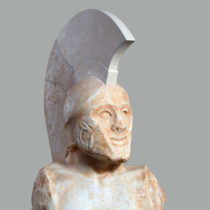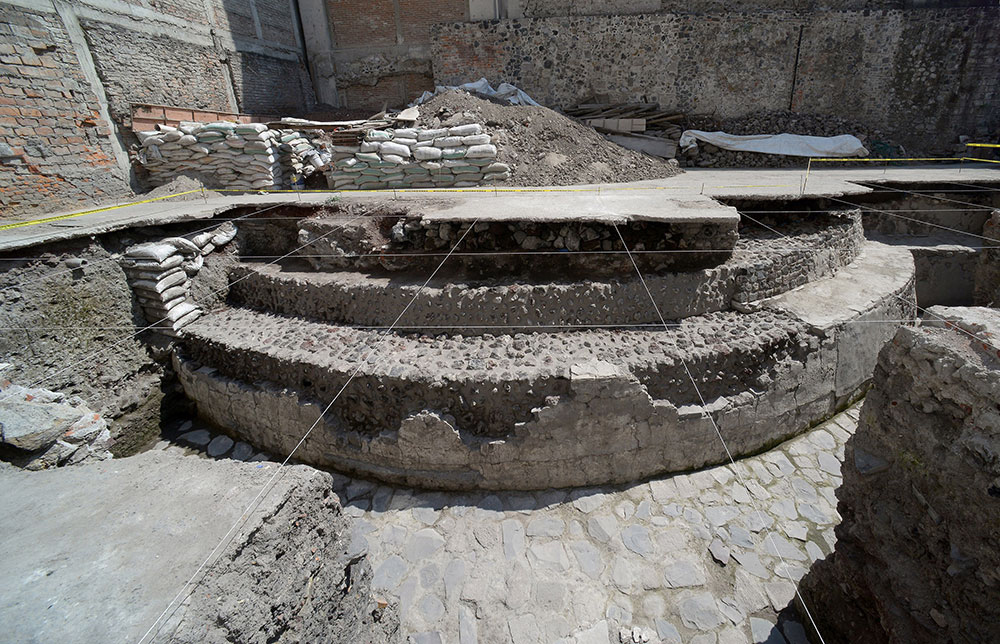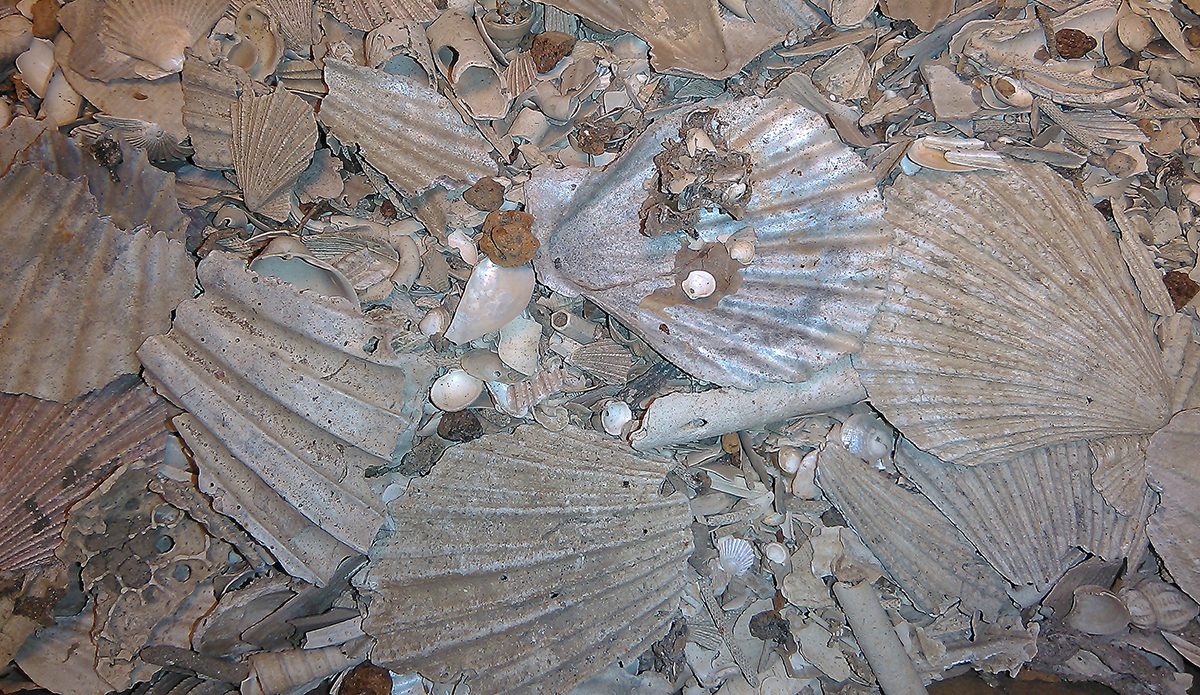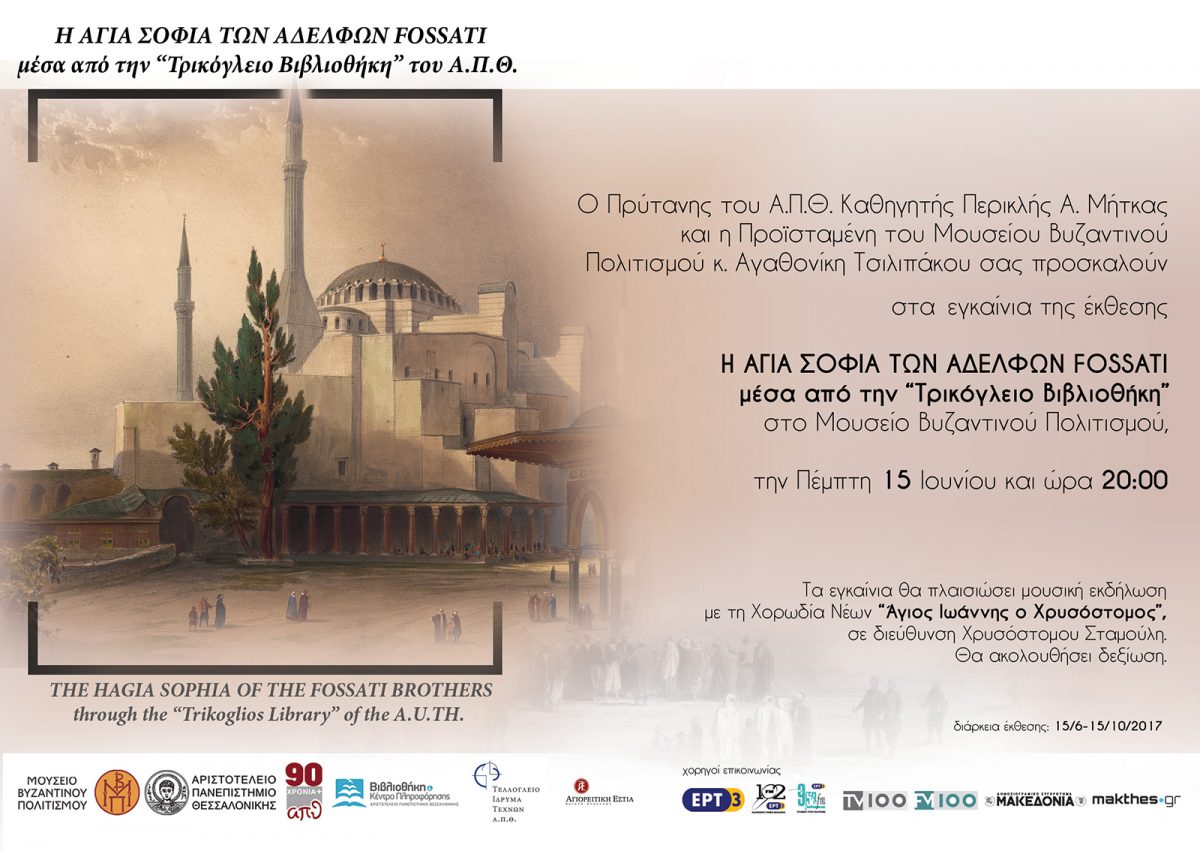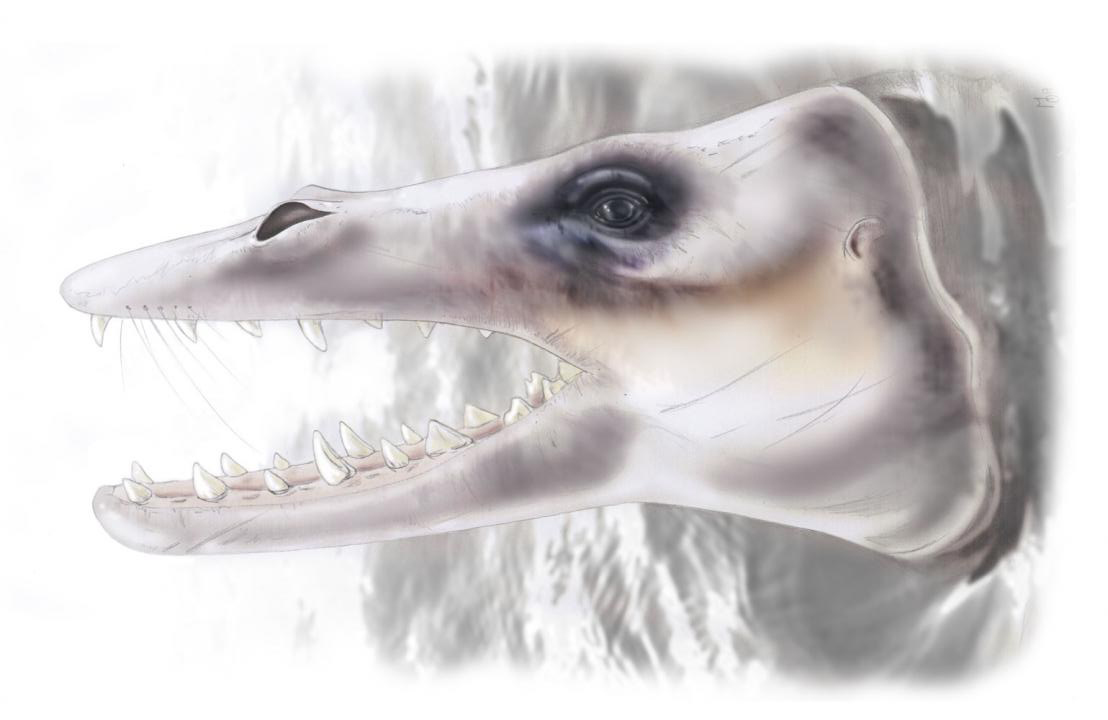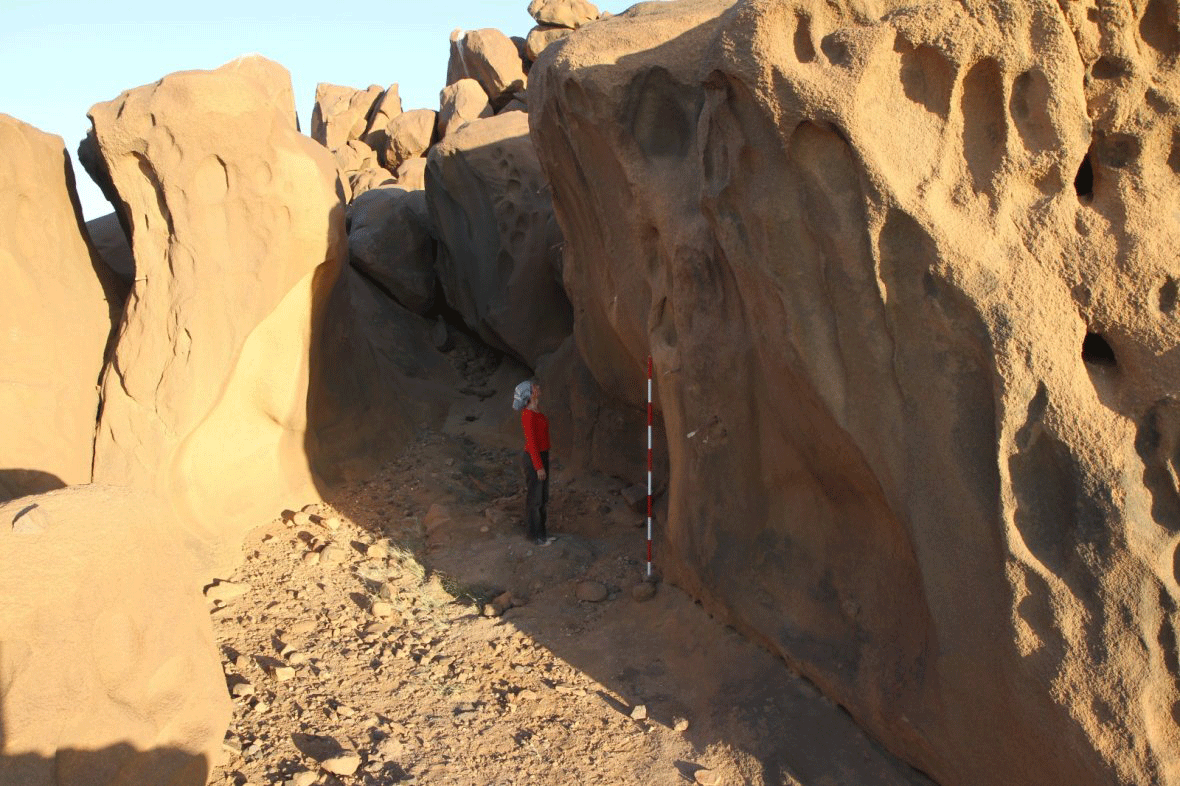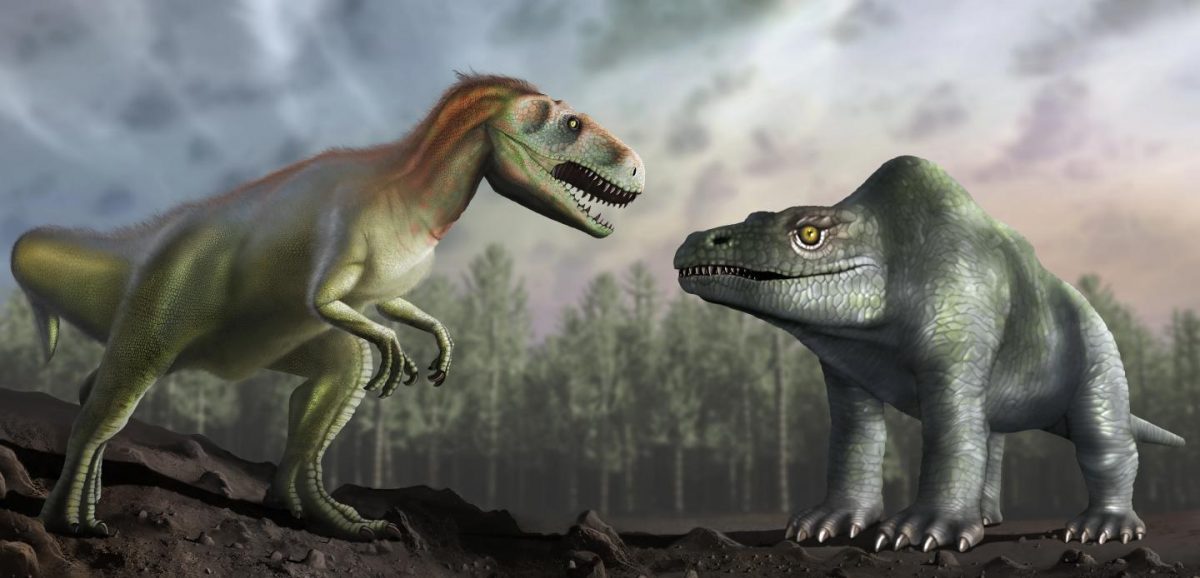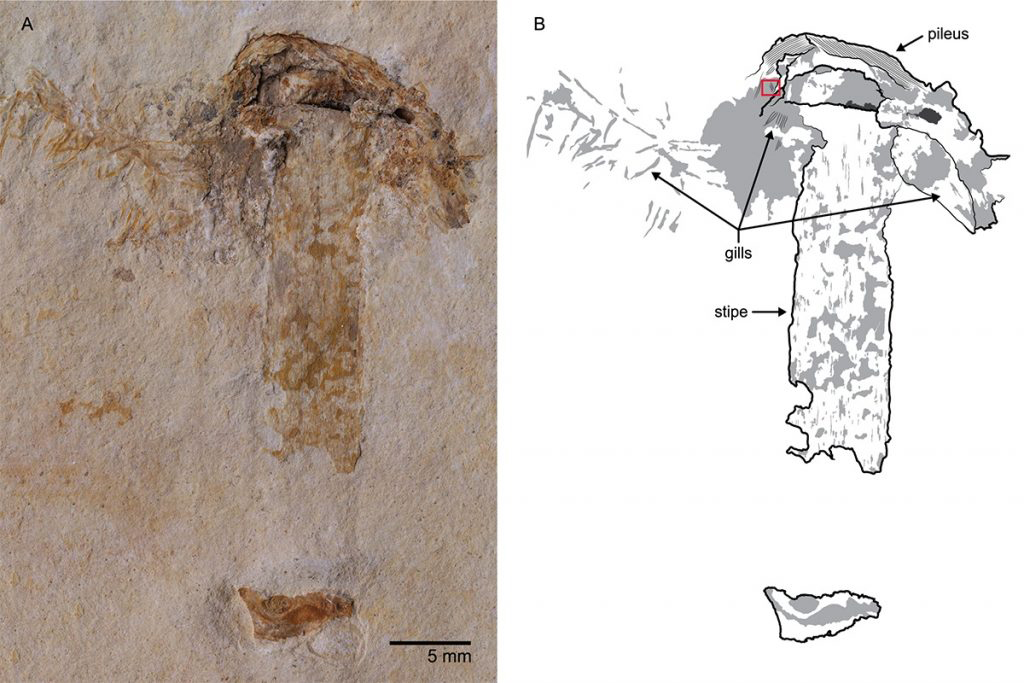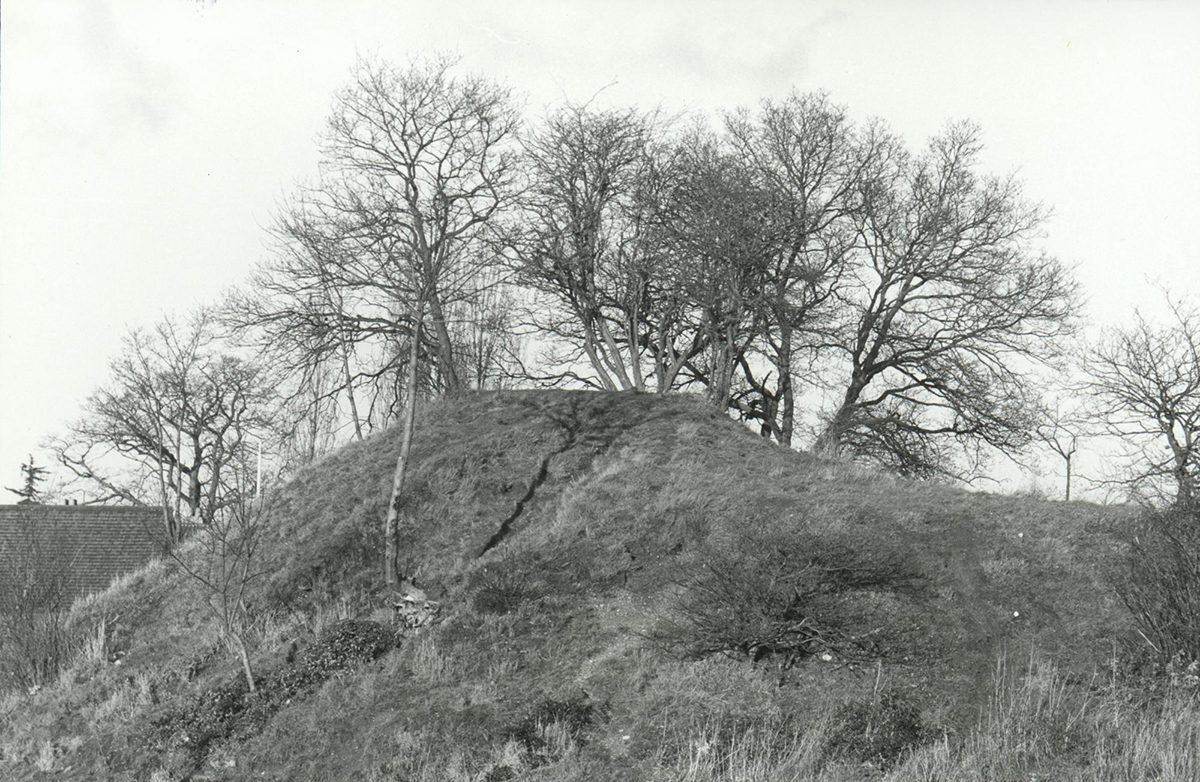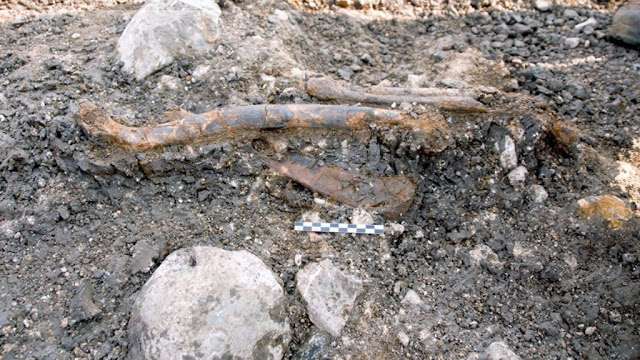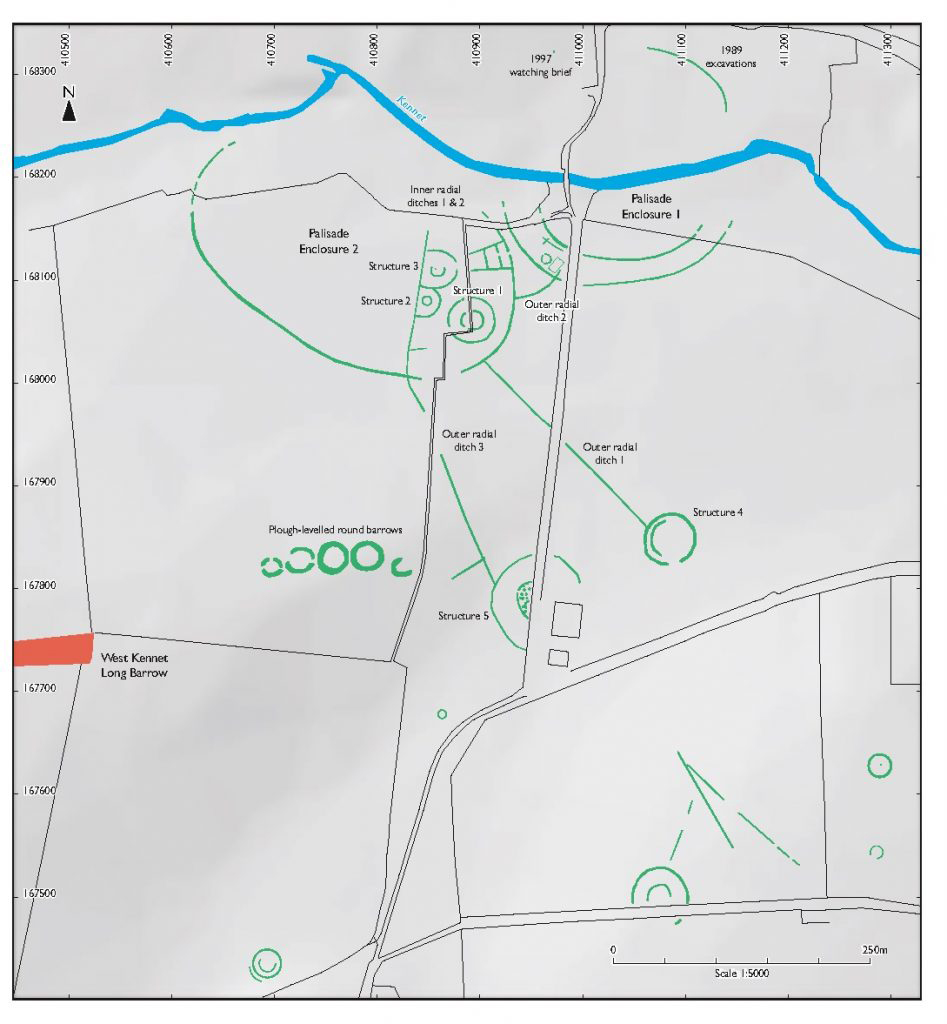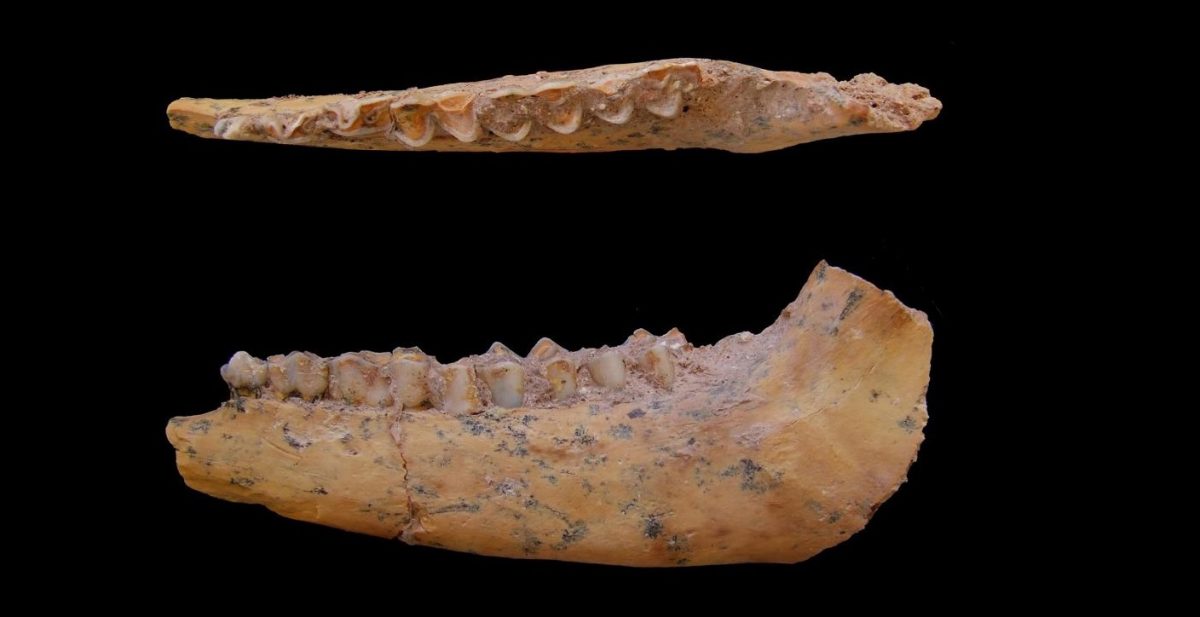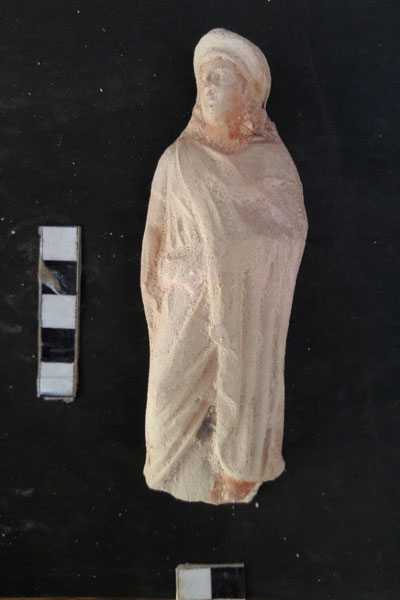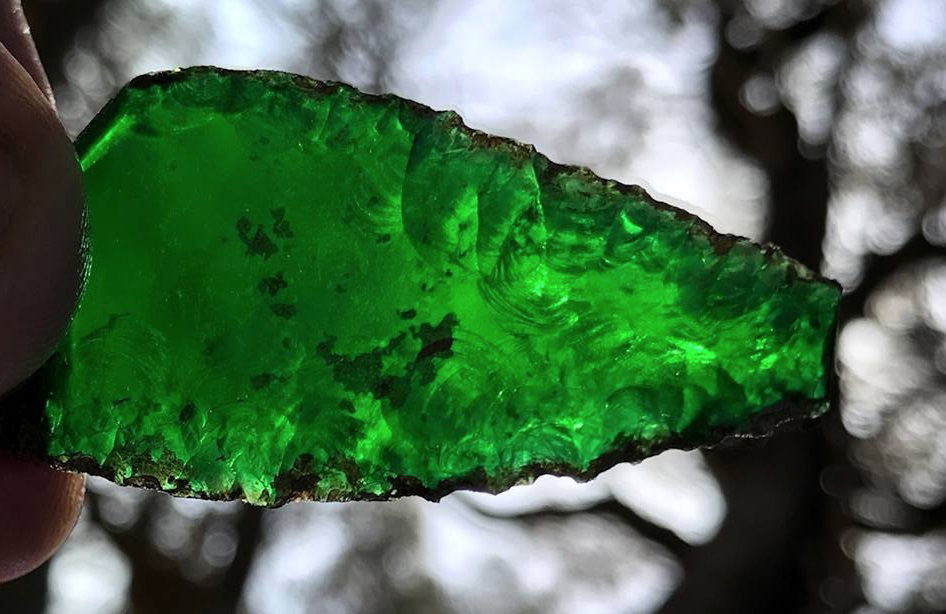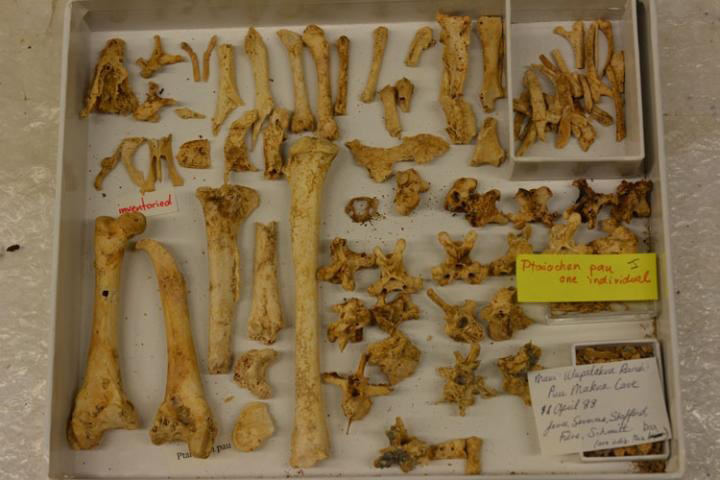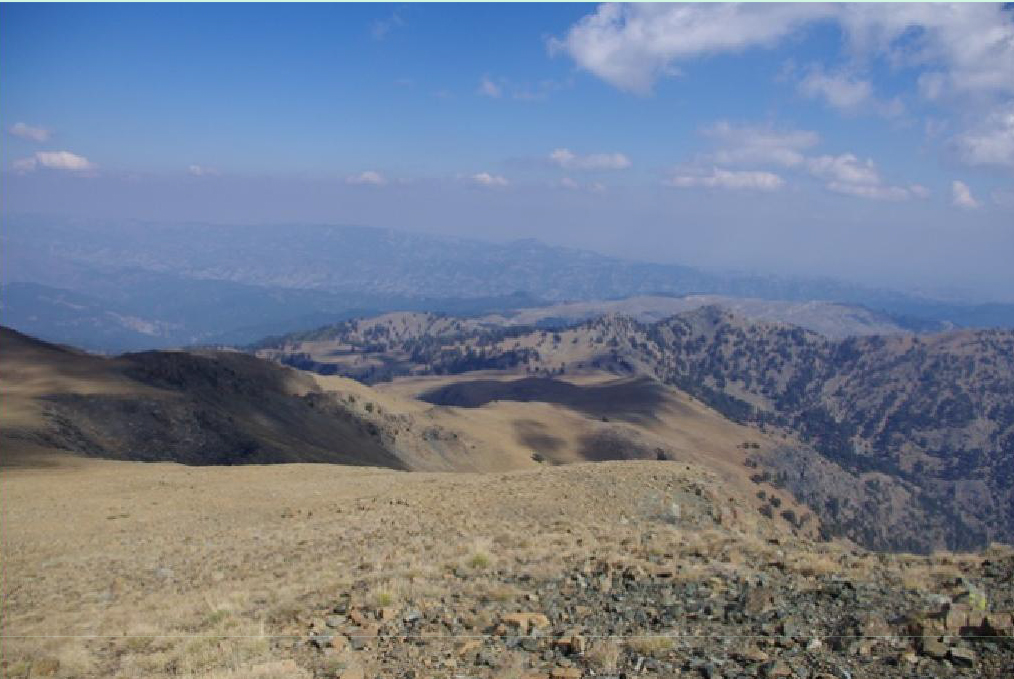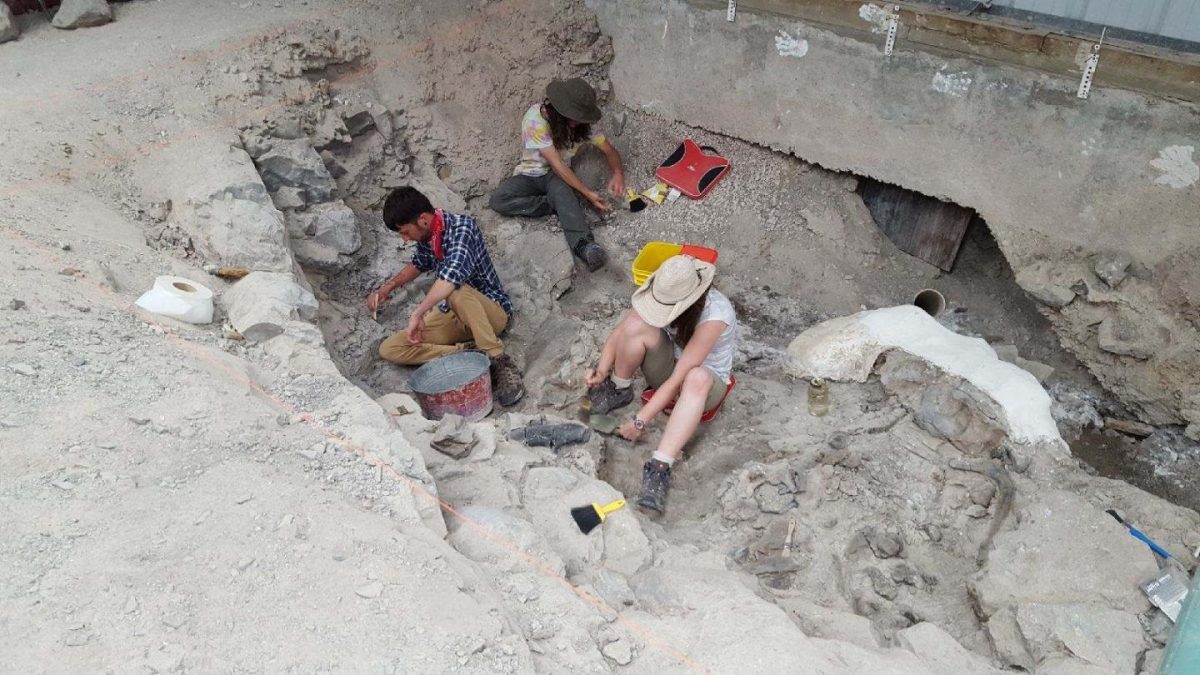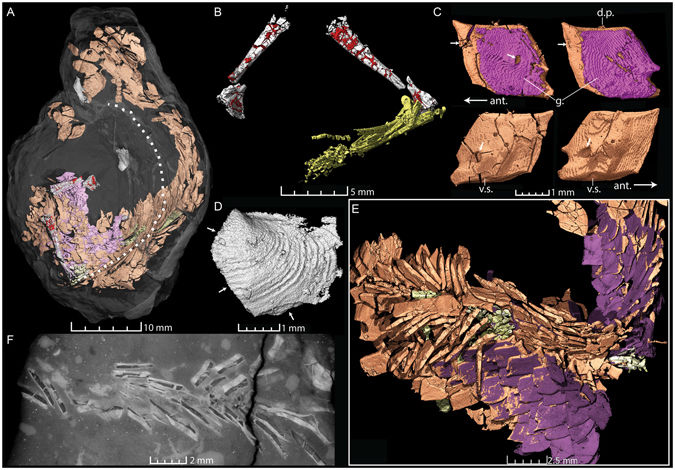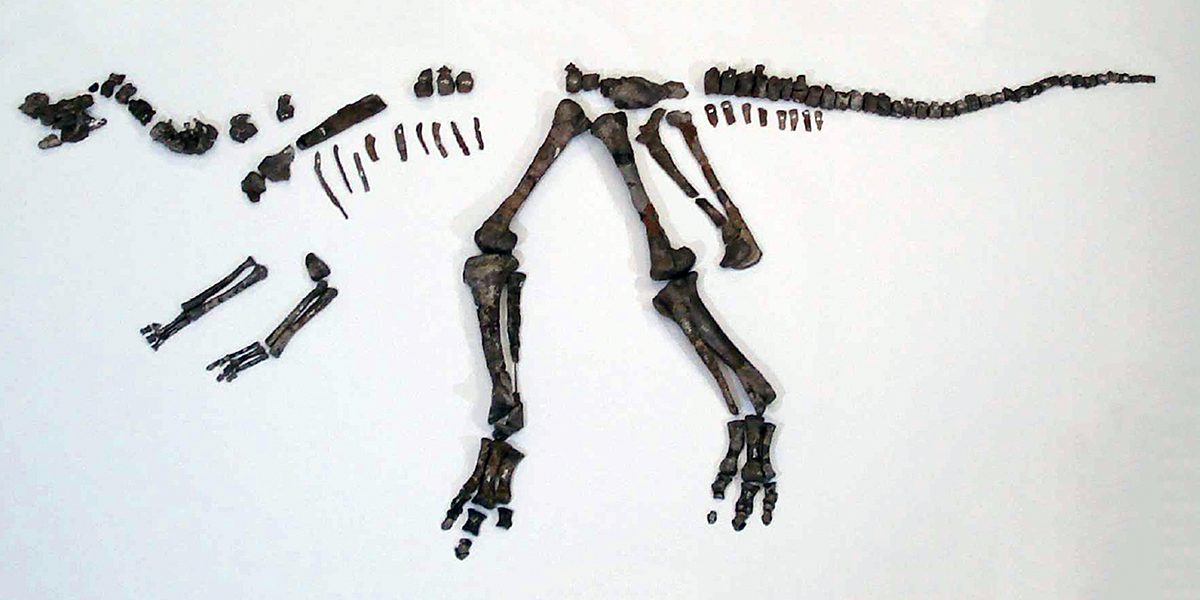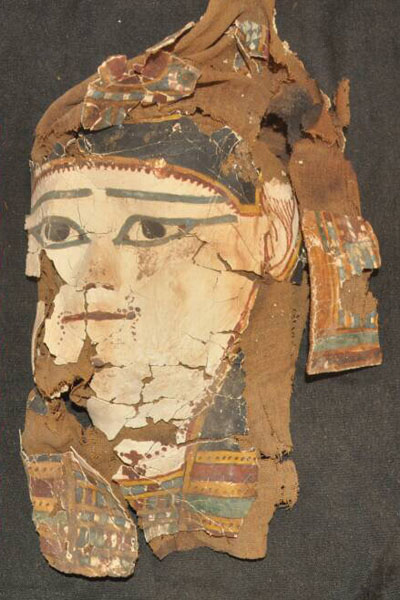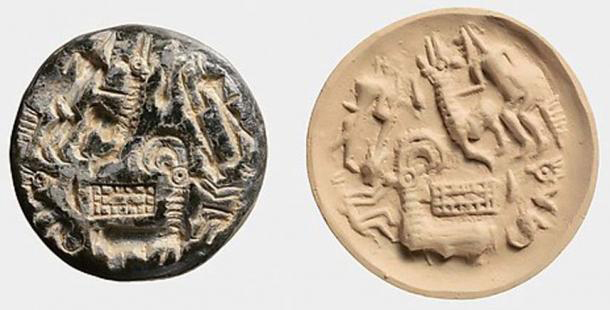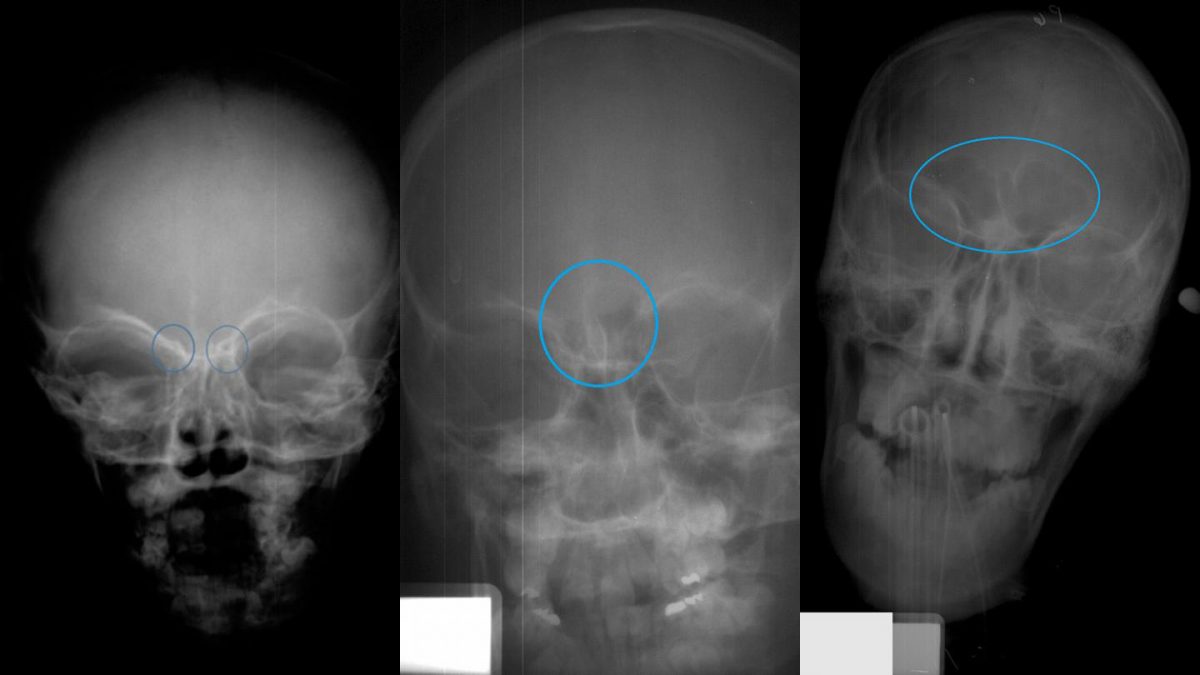Medieval farm findings show that cat fur could have been used in pagan rites
A new study says farmers in Medieval Spain skinned cuts to use their fur in trade and pagan rituals.
Archaeologists discover remains of ancient Aztec temple & ball court
Archaeologists have announced the discovery of a large circular temple, dedicated to the Aztec wind god Ehecatl-Quetzalcoatlin.
Lost ecosystem found buried in mud of southern California coastal waters
Paleontologists investigating the sea bed off the coast of southern California have discovered a lost ecosystem that for thousands of years had nurtured communities of scallops and shelled marine organisms called brachiopods.
The Hagia Sophia of the Fossati brothers through the Trikoglios Library of the A.U.TH.
Opening of the temporary exhibition “The Hagia Sophia of the Fossati brothers through the Trikoglios Library of the A.U.TH.” in the Museum of Byzantine Culture, on Thursday 15 June at 8.00 pm.
Extinct early whales listened like their relatives on land
Fossil evidence from extinct early whale species shows that differences in hearing arose only after whales evolved into the fully aquatic animals we know today.
Mysterious holes in rocks in Sudan supported architectural structures
Archaeologists in central Sudan believe they have deciphered the purpose of man-made holes in rocks on the west bank of the River Nile.
The ‘Great Lizard’ reveals new teeth with scanning tech
Pioneering technology has shed fresh light on the world’s first scientifically-described dinosaur fossil.
Scientists find world’s oldest fossil mushroom
Roughly 115 million years ago, when the ancient supercontinent Gondwana was breaking apart, a mushroom fell into a river and began an improbable journey.
Archaeologists discover mound next to Slough car park is ‘prestigious’ Anglo-Saxon monument
Archaeologists have found that a 20-foot high mound in Slough, thought to be a Norman castle motte and for centuries the centrepiece of a bizarre Eton College ceremony, is actually a rare Saxon monument, built 1,500 years ago.
Israeli study finds Neanderthals had versatile habitats
According to this study, the Neanderthals in the Levant were a resilient population that survived successfully in the region when modern humans reached it again some 60,000 years ago.
Earlier date for ancient wooden structures in West Kennet, Wiltshire
Historic England’s Scientific Dating team have been running a project on the dating of the Late Neolithic palisaded enclosures around West Kennet in Wiltshire.
Moroccan fossils show human ancestors’ diet of game
New fossil finds from the Jebel Irhoud archaeological site in Morocco do more than push back the origins of our species by 100,000 years.
Hellenistic tomb discovered in Alexandria
Dr. Mahmoud Afifi, the Head of the Ancient Egyptian Antiquities Sector at the Ministry of Antiquities, announced the discovery of a Hellenistic tomb in El Shatby area in Alexandria city.
Rare glass spearhead found on Rottnest Island
During a University excursion on Rottnest Island a student found a spectacular emerald green glass spearhead.
Which extinct ducks could fly?
A new study from The Auk: Ornithological Advances takes a fresh approach, classifying species as flightless or not based on how far their skeletal proportions deviate from the expected anatomy of a flying bird.
Middle Palaeolithic highland zone exploitation – Western Macedonia
Paolo Biagi (University Ca' Foscari, Venice) and Nikos Efstratiou (Aristotle University of Thessaloniki) will be the speakers of this academic year's last Palaeolithic Seminar.
Ancient grain tells the tale of our ancestors’ cities
Archaeological digs in the Middle East have revealed the remains of ancient harvests that record how some of the world’s earliest cities grew and developed.
New data for old bones: How the famous Cleveland-Lloyd dinosaur bone bed came to be
The new hypothesis helps paleontologists understand the setting of the quarry, and to begin to unravel the mystery that led to this unique, Allosaurus-dominated bone bed.
3D-modelling shows food residues in 230 million year old fossil faeces
Synchrotron scanning can produce high-quality 3D models of well-preserved food residues from fossil faeces.
Unraveling the mysteries of Nipponosaurus
The complete skeleton of an 8-meter-long dinosaur has been unearthed from marine deposits dating back 72 million years at Japan’s northern island of Hokkaido.
The Cyprus Institute Graduate School Summer 2017 Internship Program
Through this program, CyI aims to expose young talented scholars to an international laboratory experience and to encourage and inspire them in the pursuit of a scientific career.
Ten Late Period tombs revealed in Aswan
Ten Late Period tombs have been uncovered near the Aga Khan Mausoleum on the west bank of Aswan during the excavation work carried out by an Egyptian archaeological mission from the Ministry.
Bronze Age trading post found on Sir Bani Yas island
Inside a stone-constructed building at a site on the island’s south-west coast a number of fragmentary large jars were found.
Forensic technique uses forehead X-rays to assess age of juvenile remains
An approach which should be particularly valuable when working with incomplete remains.

